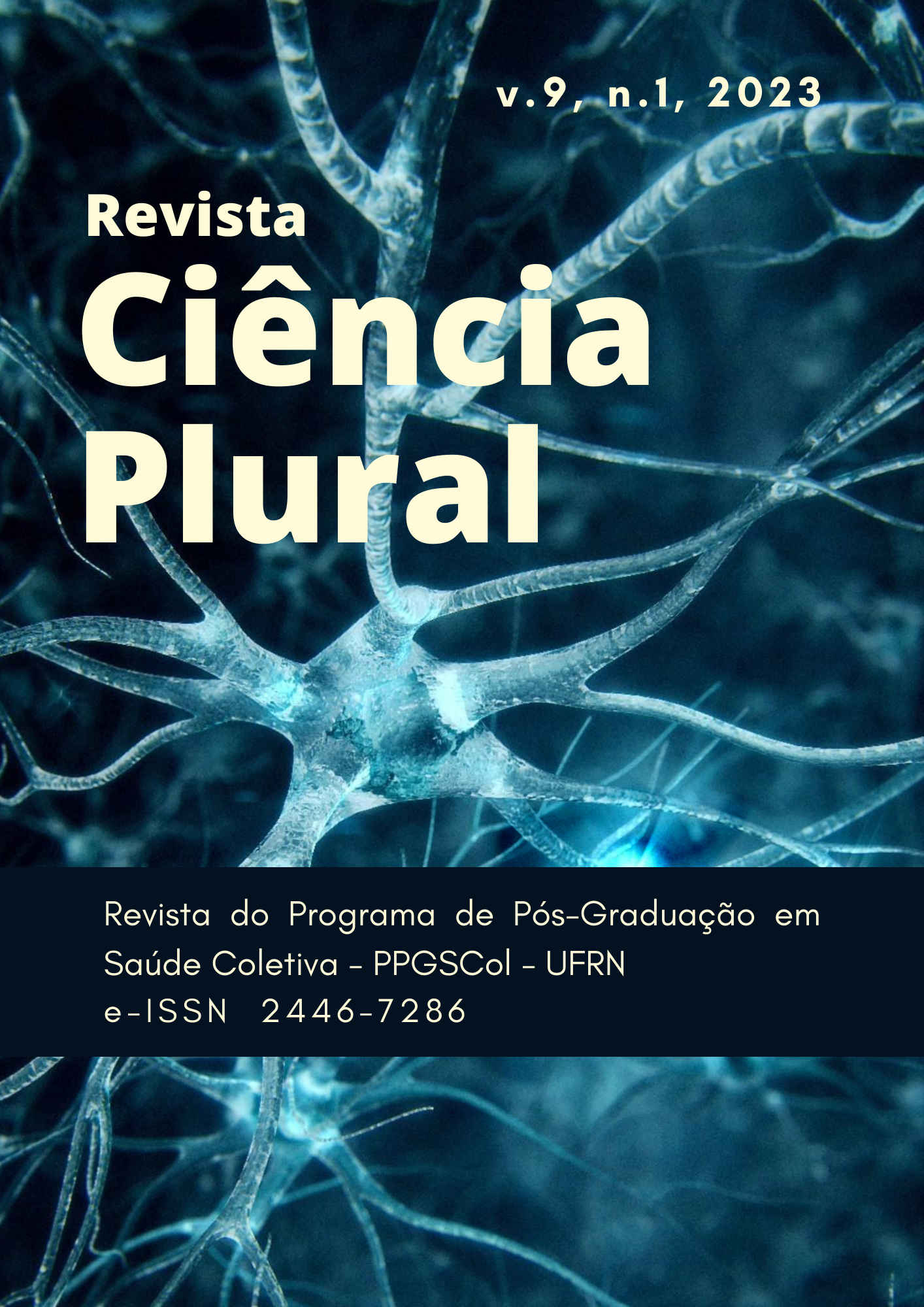DIRECT FACETS IN COMPOSITE RESIN USING DIGITAL FLOW FOR PLANNING: CASE REPORT
DOI:
https://doi.org/10.21680/2446-7286.2023v9n1ID29634Abstract
Introduction: The improvement of composite resins in recent years, together with information disseminated on social media, has made direct veneers popular treatments in restorative dentistry. However, these procedures require significant manual dexterity and technical knowledge. Digital work flow using scanning, digital wax-up and 3D prototyping for the construction of guides has become an excellent alternative to increase predictability and the longevity of these procedures. Objective: Describe the manufacturing protocol for direct composite resin veneers, using a case report and digital to construct the 3D model, silicone guide and palatine walls. Case description: Male patient, 43 years old, complained of the shape of his teeth. Clinical examination revealed tooth wear on the central incisors and a slightly inverted smile line. After two whitening sessions with hydroigen peroxide (35%) and direct mockup with composite resin, the plaster model was molded and scanned in the laboratory. Digital wax-up was approved, and the 3D model was printed to manufacture the silicone guide. With the help of the guide, the direct veneers were applied to elements 13, 12, 11, 21, 22 and 23. Conclusions: Digital flow may be a feasible alternative to minimize manufacturing flaws in direct composite resin veneers.
Downloads
Downloads
Published
How to Cite
Issue
Section
License
Copyright (c) 2023 Revista Ciência Plural

This work is licensed under a Creative Commons Attribution-NonCommercial-ShareAlike 4.0 International License.
À Revista Ciência Plural ficam reservados os direitos autorais referente a todos os artigos publicados.

 Português (Brasil)
Português (Brasil) English
English Español (España)
Español (España)













